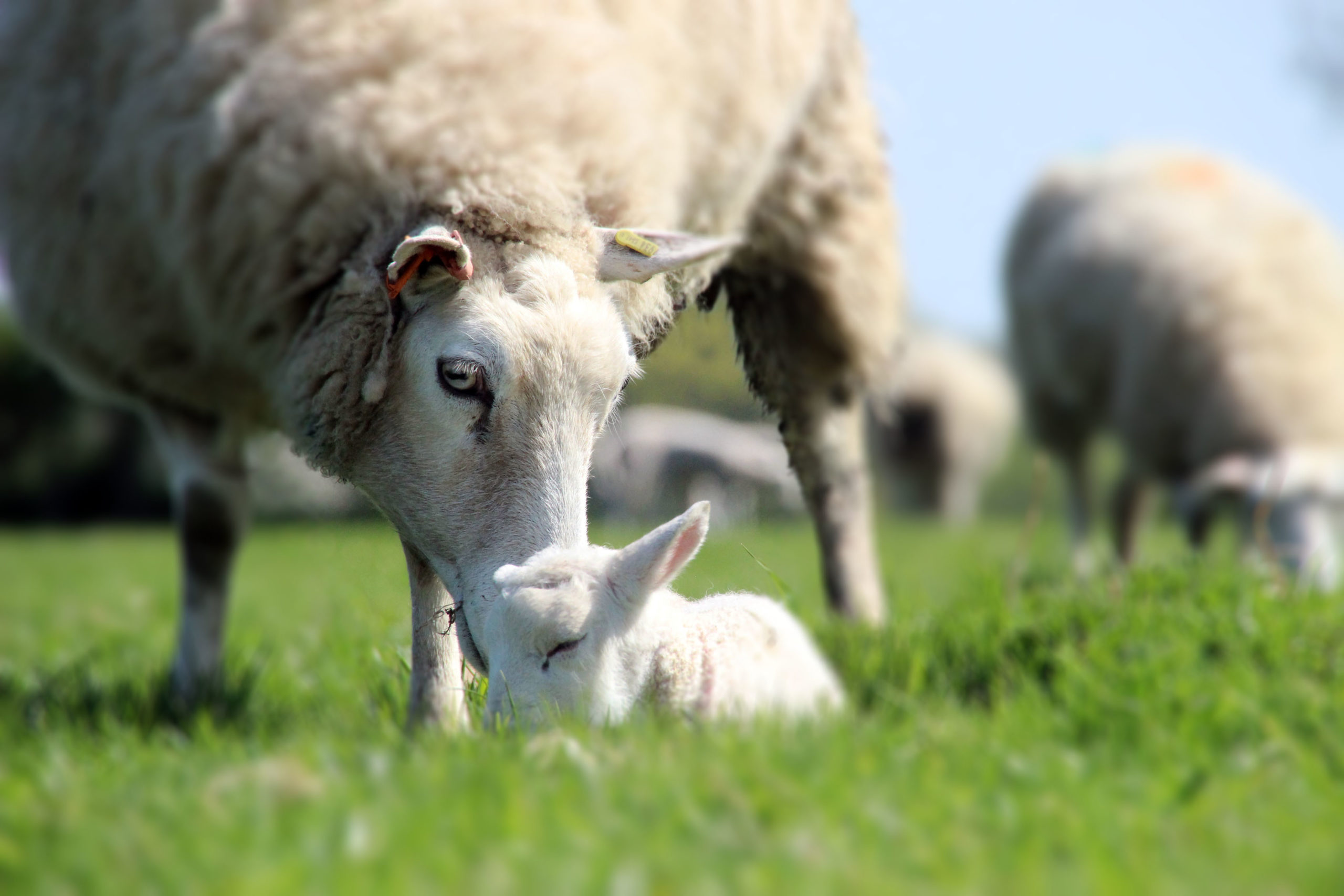Experts have used research and data to show sheep farmers’ labour demands and costs can be reduced at the same time as improving work life balance by following some simple steps.
Working smarter was the take-home message from a webinar entitled ‘Reducing Flock Input (through labour)’, organised by SAC Consulting, part of Scotland’s Rural College (SRUC). The session centred on how reducing labour demand going forward – targeting just two hours or less per ewe – is important for economic viability and work life balance to run more ewes per labour unit or spend less time managing the same size flock.
Daniel Stout, SAC Consulting’s Sheep and Grassland Consultant, discussed Farm Business Survey (England – LFA flocks) results from 2004-08, which revealed huge variations between farms, with the most labour efficient running at 1.8 hours per ewe, and the least productive taking four times longer for routine tasks, at 7.3 hours per ewe.
“The results show clear economies of scale,” explained Daniel. “The most efficient farms were running an average of 850 ewes, with the least efficient at around 250 ewes. This is, perhaps, not that surprising given that it doesn’t take much more time to feed, check or handle 500 ewes compared to 400. What’s key is that farms not stocked at their optimum capacity should consider this as part of their future planning.”
To put it into perspective, Daniel said that “two hours per ewe equates to around 1,000 ewes per labour unit, which is where we realistically need to be to justify paying a full-time shepherd at a cost of £30+ per ewe. Farmers are guilty of not putting a value on their time and, going forward into a future with reduced or potentially no subsidy, owner operators need to consider this too.” Equally he added: “If we want to encourage the next generation we need to try and improve the work life balance, lowering the labour input.”
Daniel believes looking at labour efficiency in sheep systems is essential, not just from a profit perspective, but also to make the job more enjoyable. Achieving this, he said, is down to the following:
Labour efficiency / work life balance must be part of strategic decision making.
Develop a system aimed at low labour intervention – make the ewes work for you, not the other way around.
Genetics are a key part of a low labour system; are your genetics an enabler or hinderance to reducing labour or changing your system e.g. to outdoor lambing?
Refine the system through infrastructure, technology and lean management.
Regarding the management system, he recommended reducing labour inputs by:
Maximising pasture in the diet to reduce time spent supplementing – consider changing lambing date.
Consider outdoor lambing.
Focus on days to slaughter to get lambs off the farm, don’t chase carcass characteristics to the detriment of this.
Proactive and preventative disease control to minimising gathering and handling.
SRUC research into outdoor lambing gave valuable insight into shepherd’s time and motion activities, gathered via Go-Pro cameras during their daily field tasks.
“The results highlighted the sheer amount of time simply spent driving, walking and opening gates, which amounted to 58% of a shepherd’s time,” Daniel added. “Gate times alone accounted for 6-21% of their time.”
The study’s insights prompted practical recommendations, including considering lambing field selection, gate position, driving routes and by-passing gate opening by installing ATV/Quad ramps.
Sheep geneticist Joanne Conington said that 25% of time handling ewes each year is during lambing, so improving lamb survival is key to reducing labour input.
“Genetics come into this, and we need to be selecting ewes for lambing ease, mothering ability and lamb vigour,” she explained, adding that recording which rams produce daughters that are themselves easy lambing and milk well, with good mothering instincts, is time very well spent.
She added that simple performance scoring at lambing, from no lambing assistance at the bottom of the scale, to needing veterinary assistance at the top, along with mothering abilities and lamb vigour are all useful tools. Scoring sheep for time spent sorting out foot rot, dosing for worms and dagging out, along with mastitis, were also recommended.
“It’s very safe to say breeding for reduction of faecal egg counts works – in fact, it’s very noticeable very quickly,” explained Joanne, who added that making sure ewes are not too fat prior to lambing is a surefire way of reducing problems – and labour hours spent sorting them.
To conclude, the top tips for indoor lambing that Joanne flagged up centre on communication. “A simple board on each pen highlighting any problems, ready for the next person on duty, can play a massive part in reducing wasted labour hours.”
Daniel highlighted shed layout as important, for example, penning triplets and orphan lambs near single ewes for re-mothering, or ‘twinning on’. Equally, having sufficient and well-located clean equipment in each shed, such as clean stomach tubes and automatic milk feeders, can also dramatically streamline indoor labour use.
SAC Consulting runs an annual series of free Lamb Crop webinars. Catch up on them via the SAC Consulting YouTube channel: https://www.youtube.com/watch?v=TYyRlZwsH2U&list=PLyrWompPXFtyO8NuCRCjJcx8H_mZWZKRv&index=2

